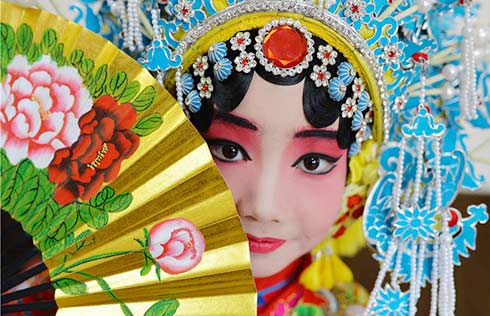 |
|
Rabbit earring, worn by Empress Xiaoduan upon the opening of the coffin. [Photo provided to China Daily]
|
Hu Hansheng, a historian who specializes in Ming imperial mausoleums, says: "When Xiaojing became pregnant in 1581, she was just 16 and a lady-in-waiting for the emperor's mother. Her pregnancy deeply embarrassed Wanli, who had no choice but to confer on her the title of consort. That was the beginning of her ordeal."
When another consort, surnamed Zheng and whom Wanli favored over Xaojing, produced another boy, in 1586, the emperor's emotional scale tipped drastically toward the younger son.
For nearly twenty years the emperor tried to make this younger son his legal successor, Hu says.
"This was despite the strong resistance from everyone-including the entire court and the emperor's own mother-who believed in the eldest son's birthright to the throne."
The emperor eventually came out on the losing side in this battle of wills and Xiaojing's son became the crown prince in 1601, when he was 20. It would not be for another 19 years that he would ascend to the throne, where he would remain for no more than two months, seemingly having been worn down by the epic struggle to claim his right.


























 Raymond Zhou:
Raymond Zhou: Pauline D Loh:
Pauline D Loh: Hot Pot
Hot Pot Eco China
Eco China China Dream
China Dream China Face
China Face






